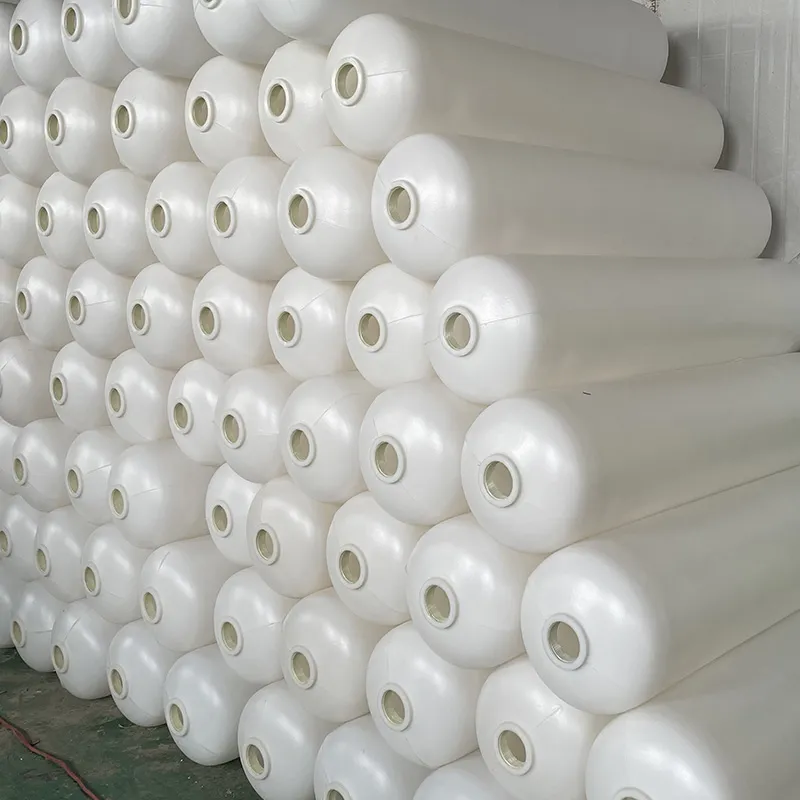loading...
- No. 9, Xingyuan South Street, Dongwaihuan Road, Zaoqiang County, Hengshui, Hebei, China
- admin@zjcomposites.com
- +86 15097380338
- Welcome to visit our website!
Effective Methods for Purifying Well Water to Ensure Safe and Clean Drinking Water Supply
The Importance of Well Water Purification Systems
Access to clean and safe drinking water is essential for health and wellbeing. For many rural and suburban communities, well water serves as the primary source of drinking water. However, well water is not always free from contaminants, which is why the implementation of effective well water purification systems is critical.
Well water, often sourced from underground aquifers, can carry a variety of impurities, including bacteria, heavy metals, and nitrates, which can originate from agricultural runoff, industrial waste, and natural mineral deposits. These contaminants pose significant health risks, particularly for children, pregnant women, and individuals with compromised immune systems. Therefore, it is imperative for homeowners relying on well water to have a robust purification system in place to ensure the safety and quality of their drinking water.
The first step in establishing a well water purification system is regular testing for contaminants. It is recommended that well water be tested at least once a year to identify any potential issues. Tests typically analyze for bacteria like E. coli, heavy metals such as lead and arsenic, as well as chemical pollutants. Depending on the results, appropriate purification methods can be selected.
One of the most common and effective purification technologies is the installation of reverse osmosis (RO) systems. RO systems use a semipermeable membrane to remove contaminants from water. The process involves pushing water through the membrane, which separates impurities from clean water. This method is particularly effective against dissolved solids, heavy metals, and even some bacteria and viruses, making it a popular choice for households with well water.
well water purification system

Another effective method is water filtration, which employs physical and chemical processes to remove pollutants. Different types of filters, including activated carbon, ceramic, and UV filters, can be employed based on the specific contaminants present in well water. Activated carbon filters are effective at removing chlorine, sediment, and volatile organic compounds (VOCs), while UV filters can eliminate bacteria and viruses without the use of chemicals.
In addition, chlorination is a widely used technique for ensuring the microbiological safety of well water. By adding a controlled amount of chlorine, harmful bacteria and pathogens can be effectively killed. However, it's crucial for homeowners to monitor chlorine levels and the byproducts formed, as excessive chlorination can lead to other health risks.
While individual home purification systems are essential, community initiatives can play a significant role in improving well water quality on a larger scale. Local governments and health departments can provide resources for testing programs, education on well maintenance, and guidance on installing community-level filtration systems. Engaging the community on best practices for well water management is key to ensuring long-term safety and sustainability.
In conclusion, well water purification systems are crucial for providing safe drinking water in many regions. Homeowners should prioritize regular testing and choose appropriate purification methods tailored to their water quality issues. By taking proactive measures, individuals can protect their health and that of their families. Furthermore, community support and infrastructure can enhance the safety of well water, safeguarding a vital resource for future generations. As we move forward, it is vital to continue investing in water quality improvements and educating communities about the importance of clean water access.
-
The Expansive Industrial Reign of FRP Pressure VesselsNewsAug.22,2025
-
Manufacturing Premium FRP Square Pipes for Global Wholesale ExcellenceNewsAug.22,2025
-
Strategic Applications for FRP Grating SolutionsNewsAug.22,2025
-
Material Science Forging GRP Water Tank LongevityNewsAug.22,2025
-
The Engineered Excellence: Material Science Behind FRP Railing SystemsNewsAug.22,2025
-
How Digital Pultrusion Revolutionizes FRP Profile WholesalingNewsAug.22,2025
-
The Rise of FRP Profiles: Strong, Lightweight, and Built to LastNewsJul.14,2025
